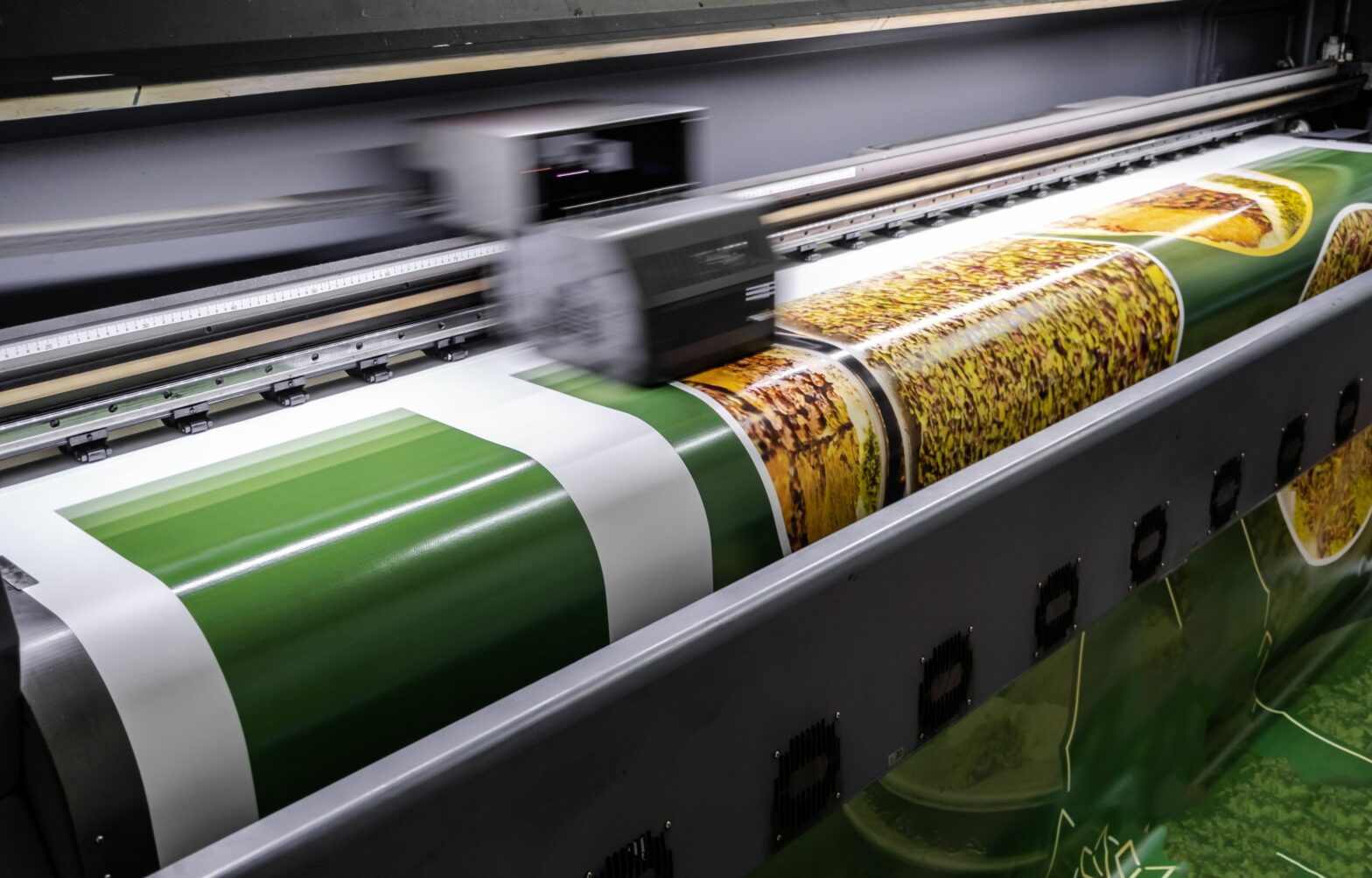Introduction:
When it comes to protecting and preserving important documents, laminating is a popular choice. However, there are different techniques available, including encapsulating laminating and traditional laminating. Understanding the difference between these two methods is essential in choosing the right option for your specific needs. In this blog post, we will explore and compare encapsulating laminating and laminating, highlighting their unique features and applications.
What is Laminating?
Laminating is a process that involves encasing a document or material between two layers of plastic film. The film is typically made of polyester or polypropylene and comes in various thicknesses. The layers are fused together using heat and pressure, creating a sealed and protected surface for the document.
Benefits of Laminating:
Laminating provides several benefits, including:
Protection: Laminating shields documents from moisture, dirt, and damage, making them more durable and long-lasting.
Enhancing Appearance: Laminating can enhance the visual appeal of documents by providing a glossy or matte finish, which can make colors appear more vibrant.
Easy Cleaning: Laminated surfaces are easy to clean and can withstand spills, smudges, and fingerprints.
Stiffness and Rigidity: Lamination adds stiffness and rigidity to documents, making them easier to handle and display.
What is Encapsulating Laminating?
Encapsulating laminating, also known as double-sided laminating, involves covering a document with a larger plastic sheet that completely surrounds and encapsulates the document. The encapsulating film is larger than the document itself, leaving a sealed border around all edges.
Benefits of Encapsulating Laminating:
Encapsulating laminating offers several advantages over traditional laminating:
Full Document Protection: Since the encapsulating film surrounds the document completely, it provides a higher level of protection against moisture, spills, and tears.
Waterproofing: Encapsulating laminating is especially useful for documents that need to be completely waterproof, such as outdoor signage or maps.
Customizable Sizes: Encapsulating laminating allows for larger documents or irregularly shaped items to be protected, as the film can be cut to fit the specific size required.
Differences Between Laminating and Encapsulating Laminating:
While both laminating and encapsulating laminating offer document protection, there are a few key differences between the two:
Edges: Laminating leaves a thin border around the document, while encapsulating laminating completely surrounds the document with a sealed border.
Size Limitations: Traditional laminating is limited by the size of the laminating machine, whereas encapsulating laminating can accommodate larger or irregularly shaped items.
Level of Protection: Encapsulating laminating provides a higher level of protection, particularly against moisture and spills, as it creates a complete seal around the document.
Choosing the Right Option:
Choosing between laminating and encapsulating laminating depends on your specific needs. If you require higher protection and complete waterproofing, encapsulating laminating is the ideal choice. However, for standard document protection and everyday use, traditional laminating is usually sufficient.
Conclusion:
Both laminating and encapsulating laminating offer valuable document protection and enhancement. Traditional laminating provides a thin border and is suitable for most applications, while encapsulating laminating creates a complete seal for higher protection and waterproofing. Understanding the differences between these techniques enables you to make an informed decision based on your specific requirements. Whether you opt for laminating or encapsulating laminating, both methods will help preserve your important documents and keep them looking professional for years to come.



